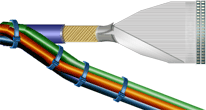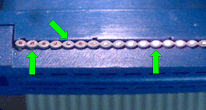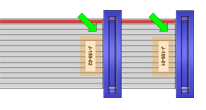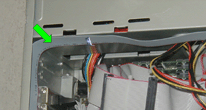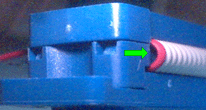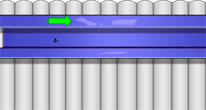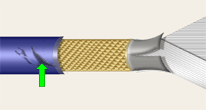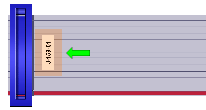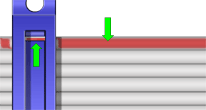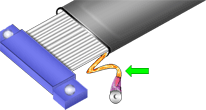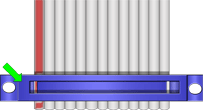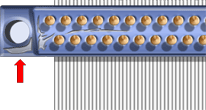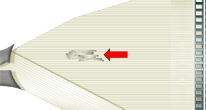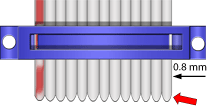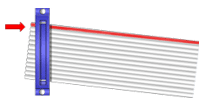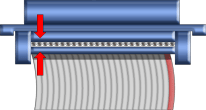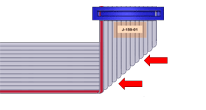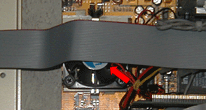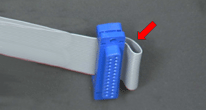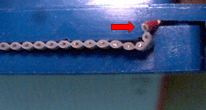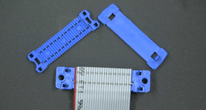FLAT/RIBBON CABLE
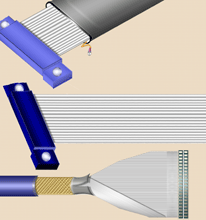
Flat cable is a multi-conductor cable comprised of individually insulated, solid conductors, which are mechanically bonded in a parallel (flat) orientation.
Ribbon cable is a multi-conductor cable, comprised of individually insulated, stranded conductors, which are mechanically bonded to each other in a parallel (flat) orientation.
Both cable architectures result in a highly flexible, compact and robust cable, allowing mass termination of the conductors to high-density connectors by the insulation displacement contact (IDC) process.
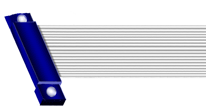
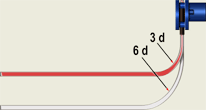
GENERAL REQUIREMENTS
The cable assembly meets dimensional, layout and design requirements. Conductors are properly aligned to respective termination pins and properly seated. The assembly exhibits a smooth, flat profile, with no visible damage to the connectors or the insulation.
PREFERRED
BEND RADIUS
COAXIAL RIBBON CABLE
The bend radius for coaxial ribbon cables shall not be less than six (6) insulated wire diameters short-term, ten (10) diameters long-term.
NASA-STD-8739.4 [7.3.21]
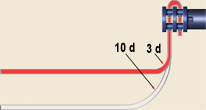
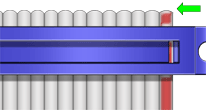
PREFERRED
BEND RADIUS
GENERAL
Flat and ribbon cables shall not be creased, folded or bent less than three (3) insulated wire diameters (short-term). The recommended long-term bend radius is ten (10) diameters.
NASA-STD-8739.4 [7.3.21]
PREFERRED
CABLE-END TERMINATIONS
Cable is properly aligned and oriented in the connector, and the cable end does not protrude in excess of 0.8 mm (0.031 in.) beyond the connector body edge, or violate minimum electrical spacing requirements.
Best Workmanship Practice

